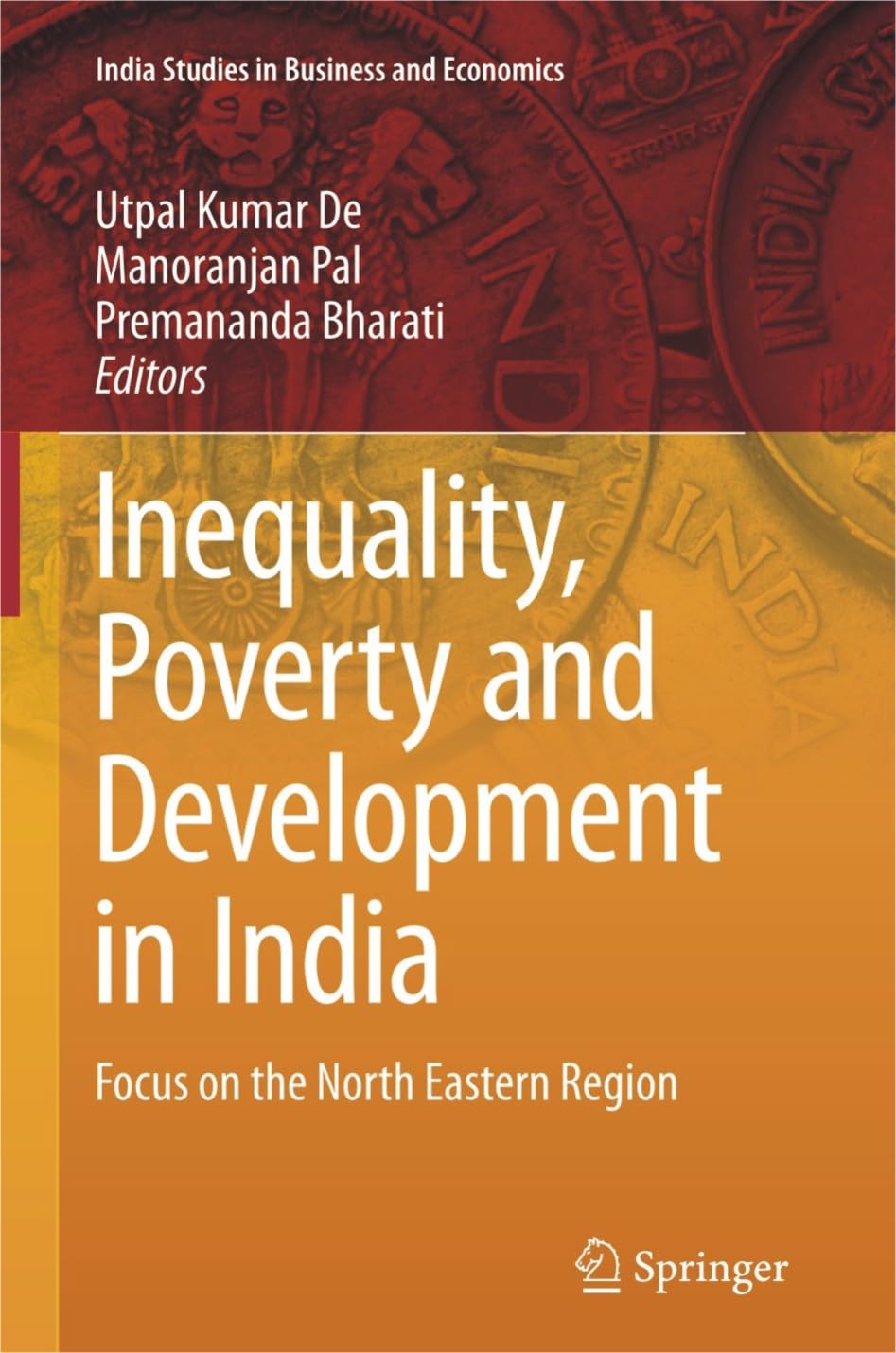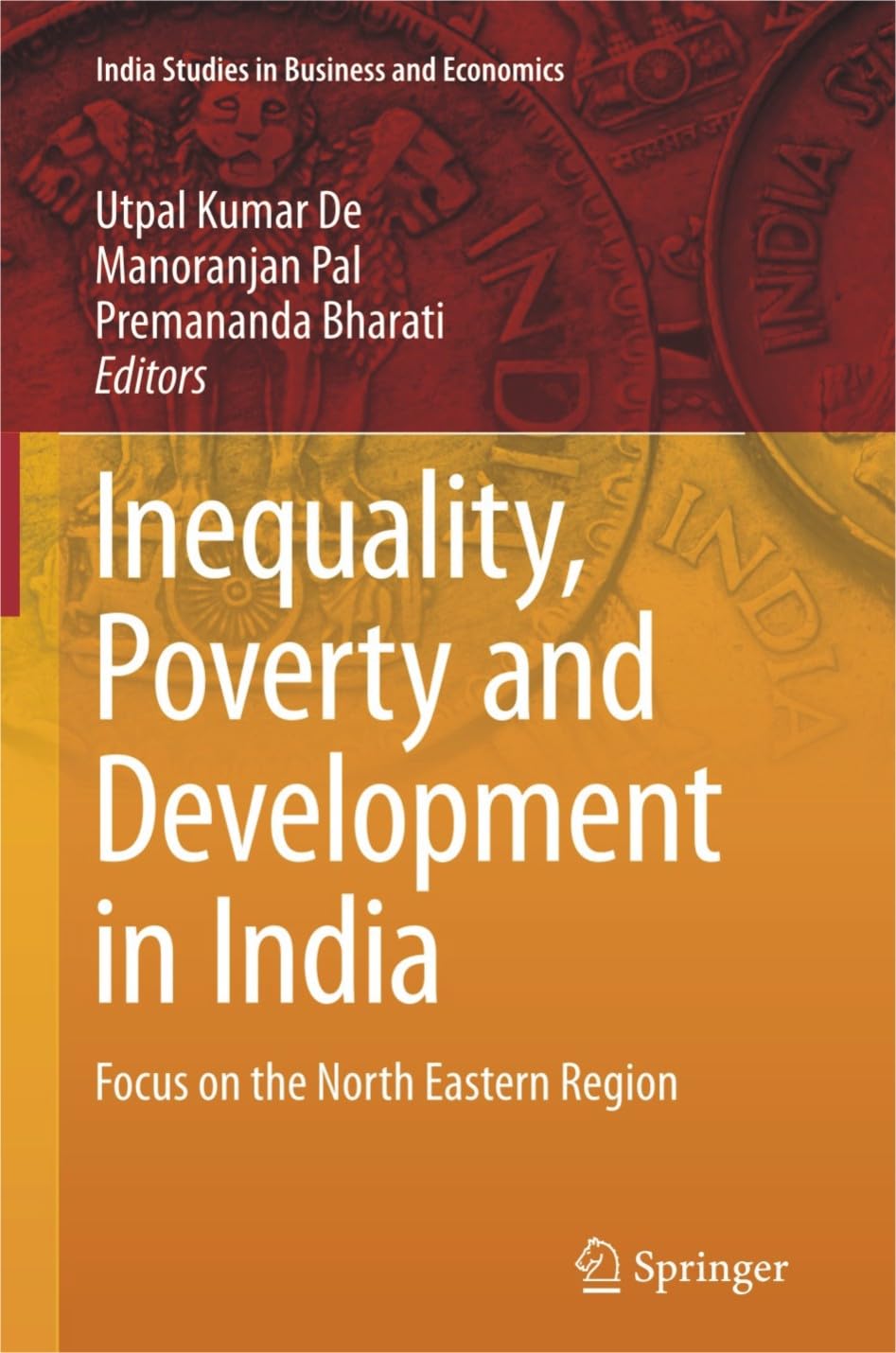Inequality Poverty and Development in India: Focus on the North Eastern Region
Inequality Poverty and Development in India: Focus on the North Eastern Region is backordered and will ship as soon as it is back in stock.
Couldn't load pickup availability
Genuine Products Guarantee
Genuine Products Guarantee
We guarantee 100% genuine products, and if proven otherwise, we will compensate you with 10 times the product's cost.
Delivery and Shipping
Delivery and Shipping
Products are generally ready for dispatch within 1 day and typically reach you in 3 to 5 days.
Book Details
-
Author/Editor: Utpal Kumar De, Manoranjan Pal, Premananda Bharati
-
Publisher: Springer
-
Language: English
-
Edition: 2021
-
ISBN: 9789811539800
-
Pages: 548
-
Cover: Hardback
-
Sale Territory: India Only
About the Book
This comprehensive volume critically explores the achievement of two key Millennium Development Goals (MDGs)—poverty eradication and reduction of inequality—in the Indian subcontinent, with a concentrated focus on Northeast India. It intricately examines how development, inequality, and poverty intersect with corruption, natural resource management, climate change impacts on agriculture, and the effectiveness of institutional mechanisms. A unique strength of the book lies in its integration of theoretical frameworks with rich empirical data, offering valuable insights into both macroeconomic and grassroots-level issues.
The book is divided into three major parts. The first addresses inequality, growth, and development, including analyses of institutional quality, economic growth patterns, and their impacts on marginalized communities, with cases from Assam, West Bengal, and Nagaland. The second part delves deep into multidimensional poverty, particularly in the Northeastern states, featuring statistical insights and field-based studies on women's deprivation, rural employment schemes, and post-conflict poverty conditions. The third section offers agricultural and environmental perspectives—discussing land-water ecosystem management, farm productivity, the feminization of agriculture, and climate adaptability in regions like Assam and the broader Northeast.
Employing advanced analytical tools like the Blinder–Oaxaca decomposition method, spatial correlation-regression, co-integration, and panel data techniques, the book deciphers socio-economic complexities and their influence on human development and entrepreneurship. With its scholarly rigor and policy-driven approach, this volume contributes significantly to understanding the success and shortcomings of MDGs. It also proposes practical frameworks for inclusive development, natural resource sustainability, and poverty alleviation, thereby serving as a vital resource for academics, policymakers, and development practitioners alike.







